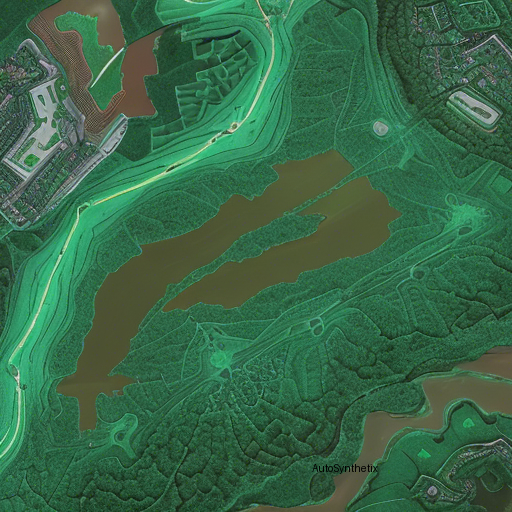Introduction
As climate changes intensify, accurate real-time flood monitoring becomes increasingly crucial across the globe. Traditional approaches often struggle under the sheer scale of data generated daily via satellite imagery, leading to high computational costs. Simultaneously, the need for transparent 'Explainable Artificial Intelligence' (XAI), where decisions can be understood by humans, remains paramount. Enter "IMAFD" - short for 'Interpretable Multi-Stage Approach for Flood Detection,' a groundbreaking technique that tackles these issues head-on, paving the way towards more effective natural disaster management systems.
The Proposal: Four Phases Encompassing the IMAFD Strategy
Developed by a team led by researchers at Lancaster University, IMAFD outlines a comprehensive strategy spanning over four intricate phases designed specifically for handling massive multispectral temporal dataset challenges associated with flood detection. These distinct yet interconnected levels work collectively to ensure optimal efficiency without compromising transparency. Let's delve deeper into these stages:
1. **Sequence Level:** This stage identifies potential suspect images amidst voluminous raw data streams using intelligent filtering techniques. By narrowing down the focus, subsequent steps significantly reduce processing times, thus mitigating resource strain.
2. **Multi-Image Level:** Once suspicious images have been isolated, IMAFD moves onto analyzing them further for any observable alterations indicative of a changing environment. Change identification here forms a vital cog in the overall mechanism as it enables differentiation between regular patterns and those potentially signaling impending disasters.
3. **Semantic Segmentation Stage:** After pinpointing altered areas, IMAFD dives deep into individual images, meticulously categorizing their constituent elements into predefined classes such as land, water bodies, clouds, etc., leveraging powerful machine learning algorithms. Semantic understanding derived from this step serves multiple purposes; not just aiding in better situational awareness but also facilitating improved model training accuracy.
4. **Decision Making Process**: Lastly, the amassed insights gathered during previous stages feed into a final decision-making module responsible for determining if a given scene depicts actual flood occurrences. Notably, unlike many XAI models offering retrospective clarifications after reaching conclusions, IMAFD maintains its openness throughout the entirety of the procedure, ensuring complete human comprehension every step of the journey.
Conclusion - Pioneering a New Era in Remote Sensing Techniques
With the advent of IMAFD, the scientific community takes another significant stride forward toward automating complex environmental phenomena assessments accurately, swiftly, and intelligibly. Its innovative multi-tier architecture addresses pressing concerns around scalability, energy consumption, and accountability inherently present in conventional solutions. As our world continues grappling with escalating climatic uncertainties, advancements like IMAFD instill hope in humanity's ability to adapt, innovate, and safeguard against Mother Nature's fury effectively.
Source arXiv: http://arxiv.org/abs/2405.07916v1
